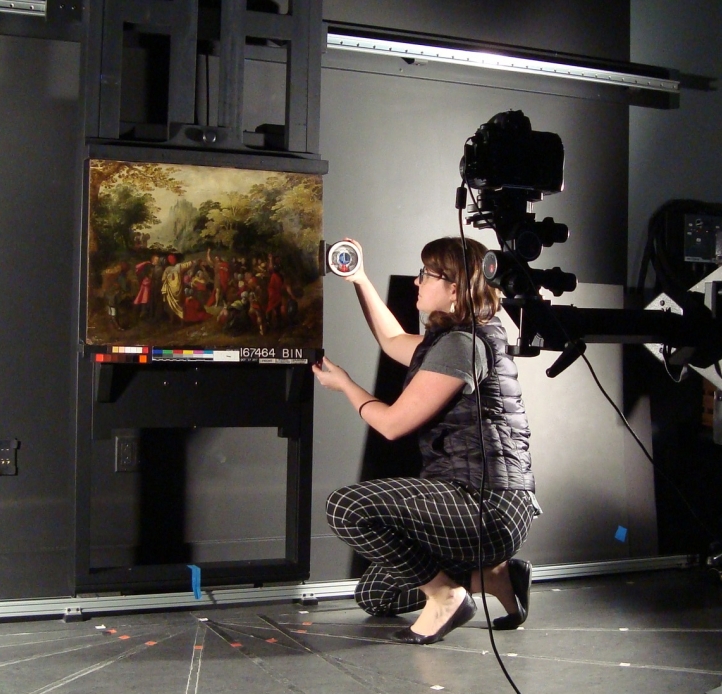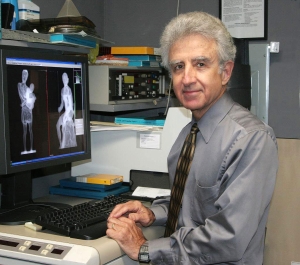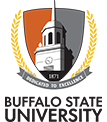
Dan Kushel Conservation Imaging, Technical Examination, and Documentation Lab
There are two imaging studios in the department, each outfitted with specialized equipment to cater to diverse imaging needs.
There are two imaging studios in the department, each outfitted with specialized equipment to cater to diverse imaging needs. The facilities also include a fully-shielded radiography room, a digital lab dedicated to image processing and editing, and a dark room tailored for analog photographic processes.
The department's conservation treatment laboratories are equipped with handheld UV lamps and a variety of stereomicroscopes (primarily Wild and most with video and imaging capability) and students are thoroughly trained in their use.
Both imaging studios are outfitted with movable ceiling tracks, optimizing floor space and facilitating flexible lighting setups. Various light sources, such as continuous lights, electronic flashes, UV lamps, and light shaping tools, are interchangeable between the studios.
The main imaging studio has an assortment of artifact support equipment, including a custom-made motorized easel by Redline & Redline Woodworking, a slant board for documenting oversize planar artifacts, a FOBA studio shooting table for three-dimensional artifacts, turntables of various sizes, and photography background equipment. The secondary studio features a TTI 40 x 60 inch copy stand table with a built-in lightbox with visible and infrared lighting.
Each studio has two sets of full-frame digital cameras, one regular and one modified UV-VIS-IR camera, and a set of prime lenses, including 35mm, 60mm macro, and 105mm macro Nikon lenses and a CostalOpt 60mm macro APO lens. Both studios are fully stocked with a range of lights, filters, and accessories, enabling independent operation for various imaging techniques across the UV, visible, and IR spectrum ranges.
The department also has equipment and tools shared between these two studios:
- A Canon T3i modified monochrome camera and narrow band pass filters for spectral imaging.
- A Xenic InSb IR imager, with the extended sensitivity range from 1050 to 5000 nm, allowing shortwave IR and medium wave IR imaging (thermal Imaging).
- A FLIR One for thermal imaging.
- Coded targets and tools for photogrammetry.
- Tools for Reflectance Transformation Imaging (RTI)
The department has a superb x-radiography facility with two Philips x-ray units covering 5 to 320 kV range. These units facilitate radiography across a wide range of materials, from thin paper sheets and textiles to paintings, wooden artifacts, ceramics, and heavy metal objects. The image capture process transitioned to a computerized system in 2007, and in 2014, it was upgraded to the current CareStream HPX-1 computerized radiography system. This system includes a selection of phosphor imaging plates ranging in sizes from 5x7, 8x10, 14x17, 14x30, to 14x60 inches.
Students develop their documentation skills utilizing the department’s extensive collection of digital image capture and processing equipment, undergoing regular updates.

Dan Kushel
Dan is a 1976 alumnus of the Cooperstown Graduate Program in the Conservation of Historic and Artistic Works at SUNY Oneonta. Dan taught paintings conservation at the Cooperstown Graduate Program starting in 1978.
Dan came to Buffalo State and taught paintings conservation from 1987-1993. He also created our examination/documentation curriculum, teaching in this area from 1978 until his retirement in 2012.
Dan has been the recipient of many honors and awards throughout his career. He was the first recipient of the American Institute for Conservation (AIC) Caroline and Sheldon Keck Award for conservation education in 1994. He was appointed a SUNY Distinguished Teaching Professor in 1998, and received the SUNY Chancellor’s Award for Exemplary Research and Scholarship in 2005. He was also awarded the American Institute for Conservation Robert L. Feller Lifetime Achievement Award in 2012 in addition to the AIC Honorary Membership in 2018.

